CarThrottle Asks: What's Your Next Car?
To be honest, I can't believe it's taken me this long to come up with this post. It's got to be one of the most frequent hypothetical questions in the circle of the automotively-obsessed. We're the type of people who may be totally satisfied with their current car
To be honest, I can't believe it's taken me this long to come up with this post. It's got to be one of the most frequent hypothetical questions in the circle of the automotively-obsessed. We're the type of people who may be totally satisfied with their current car (present company included; I love my SPG), but we're always fixated on the future. Maybe the future is repairs and improvements for our current ride, or maybe the future is a different set of wheels - but you can bet we're thinking about it. What's your next car gonna be?
For me, I've got a bit of a list. They're all sort of different and unusual (as you'd expect) - I'm not so much a fan of boring cars. Still, my budget is tight and my preferences for cars tend to lie in pre-OBDII land. For those unfamiliar, OBD-II stands for On-Board Diagnostics 2. In the US at least, OBD-II was made mandatory for model year 1995, and consists of a non-proprietary diagnostic port on every car that any scanner can read. This is for the purpose of emissions testing for yearly inspections. Before OBD-II, each car had a proprietary (brand or car-specific) diagnostic procedure, and "fault codes" (like check engine lights) could only be pulled and read by a dealer with some expensive tool. With OBD-II, fault codes and ports were made identical across the industry so that state inspection centers could read any car and determine it's emissions status. This makes passing inspection a huge pain in the ass for multiple reasons. If you have a check engine light on, even if you clear it, you've got to drive about 100 miles for the "readyness code" (stored on the ECU) to reset itself. Without all the "readiness codes" set, you can't pass inspection, and you just wasted 30 bucks. This could be caused by something as simple as leaving your gas cap loose, which sets off a CEL related to evaporative emissions control in most cars. OBD-II cars are a pain in the rear, and I'm not a fan of giving any more money or control over my driving to our already fat state government system. Pre-OBD-II cars undergo "visual" emissions and safety inspections - basically, they check and see if the required parts are there.
Perhaps it's not just practical "fight the man" thing, but moreso that new cars just don't do it for me. They're all shaped like jelly beans, designed by committees, have their engines covered up with plastic faceplates, and smell like crayons. Ok, so I'm a weirdo. But maybe I'm just an 80's-era fan. So, what's on my list?
In a word, E28. That's the chassis code for the 1982-1988 BMW 5-series sedan. You may have noticed my mild E28 obsession with my 2nd post on the BMW CCA Vintage At The Vineyards coverage. There's a lot to love about the E28, starting with the basic mechanical layout: longitudinal inline-six cylinder up front, driven wheels in the back, frequently with a clutch pedal and a shift lever. My cars up to now have been a series of front-wheel-drive Europeans (Volvo 850, VW Jetta, Saab 900 SPG), and I feel that some "push" would be nice to offset all the "pulling" my drive wheels have been doing.
In a fantasy world, I'd have a huge well-stuffed bank account and could afford the immensely epic E28 M5. 3.5L 24v S38 straight six out of the M1 supercar, individual throttle bodies, howling oversteer and "any color you want as long as it's black." But the M5's are exceedingly rare - '87 and '88 only, about 1000 units imported to the US. So they're cherished by their owners, and disproportionately expensive when they do pop up on the market. Plus, I'd probably kill myself with a 147mph sedan with no traction control, anti-lock... you get the point.
So I'd probably go for a 535i. It may not be quite the barn-stormer, but it's single-cam 182bhp straight six is smooth as butter, reliable as death and taxes, and easy to find parts for. Not to mention that the E28 was just simply a stunningly gorgeous automobile - all taut and angular and shark-nosed like a real BMW should be. And they are small and light by modern standards! An M5 - with that complex S38 motor - was around 3200 pounds, and one of the single-cam eta motor E28's (like a 528e) was even lighter at around 2900 pounds. A modern 135i crushes the scales to the tune of 3,500 pounds, and good luck fitting anyone with legs in the back seat!
The tricky part is finding an E28 at all - after all, the newest ones are 22 years old - and finding one without intergalactic mileage or the sure signs of a lifetime of being ridden hard and put up wet. I suppose if the 900 ever finally makes me throw down the wrenches in disgust and start cussing, I'll start looking. But it's probably going to be a while.
What about you? What's next on your automotive queue?
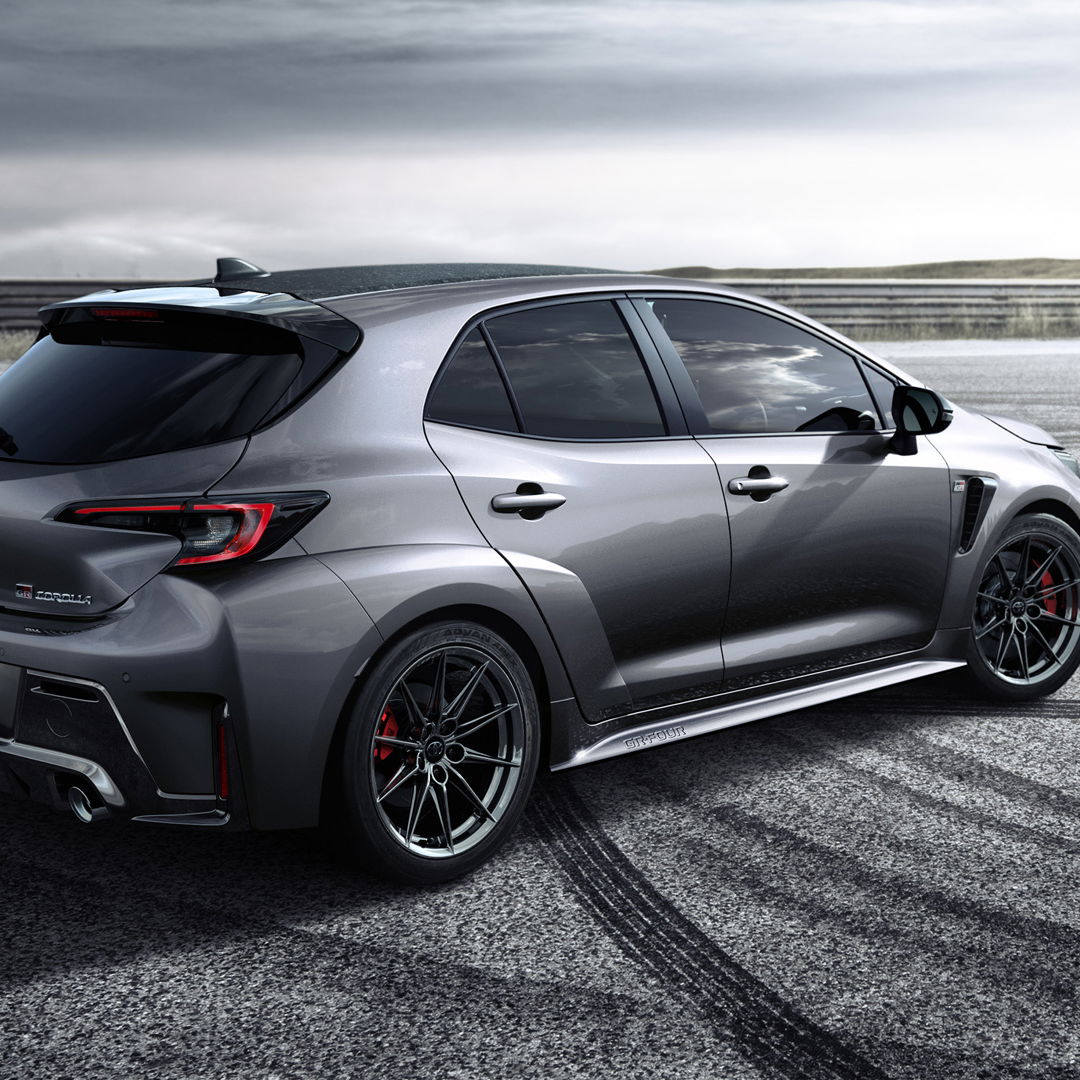


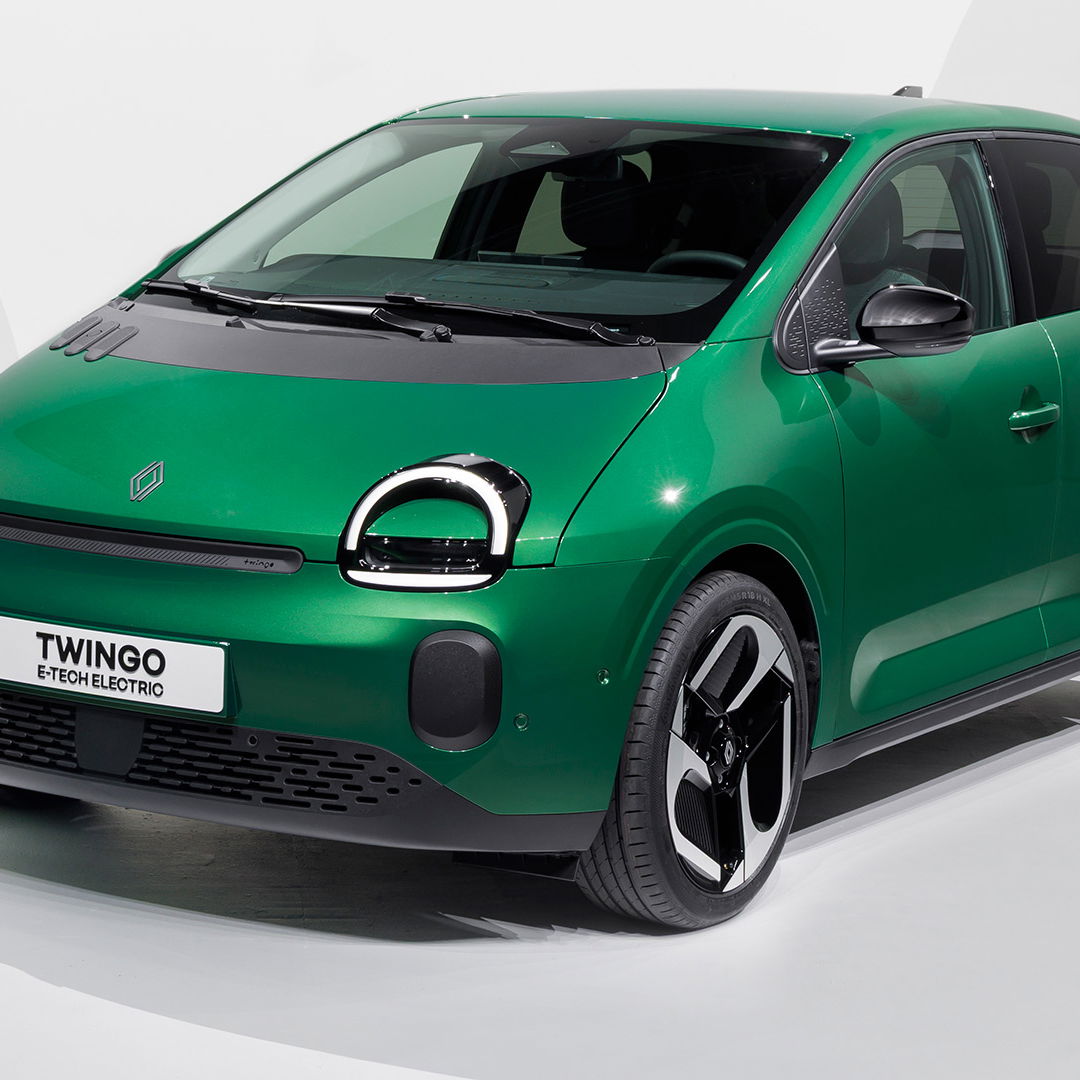
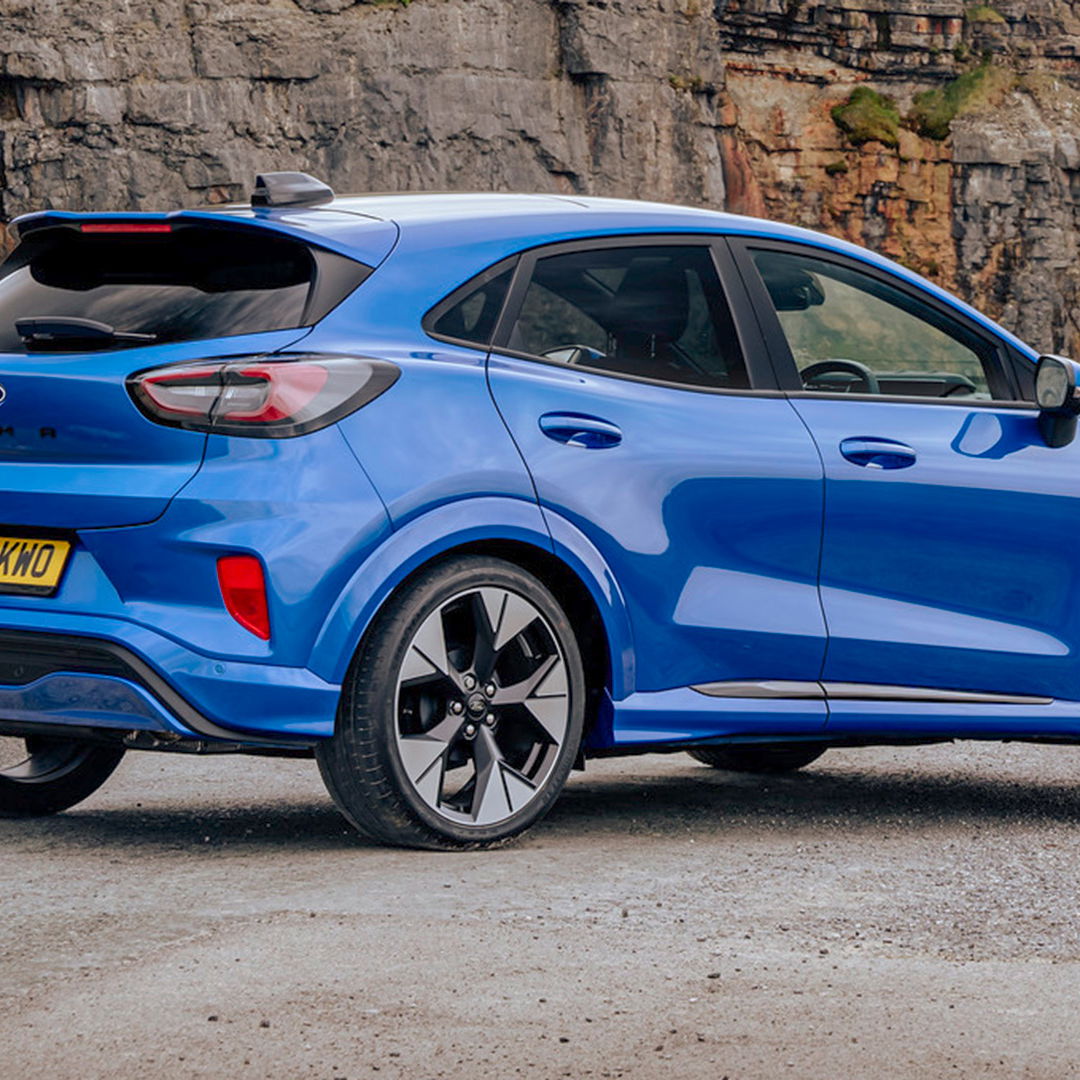
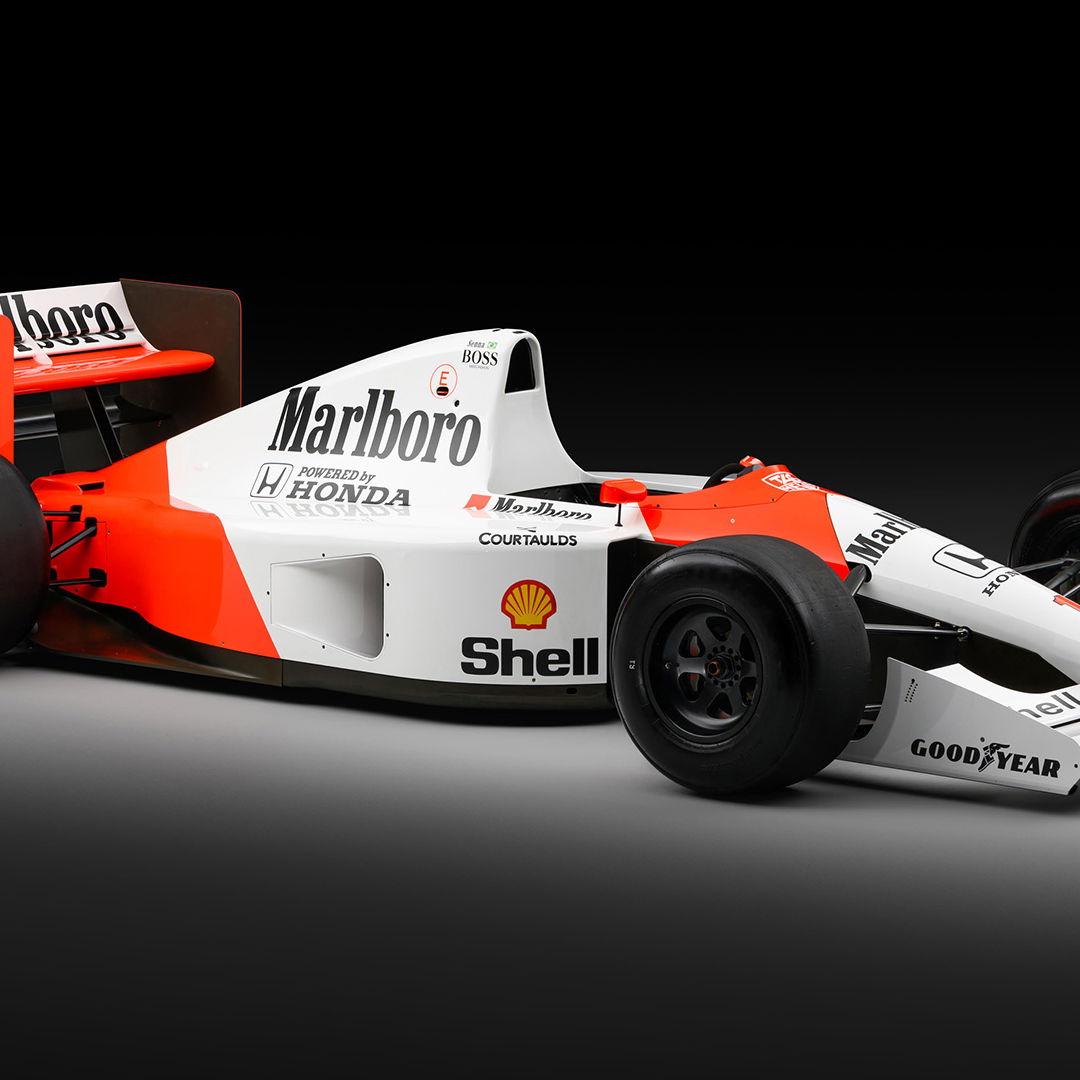
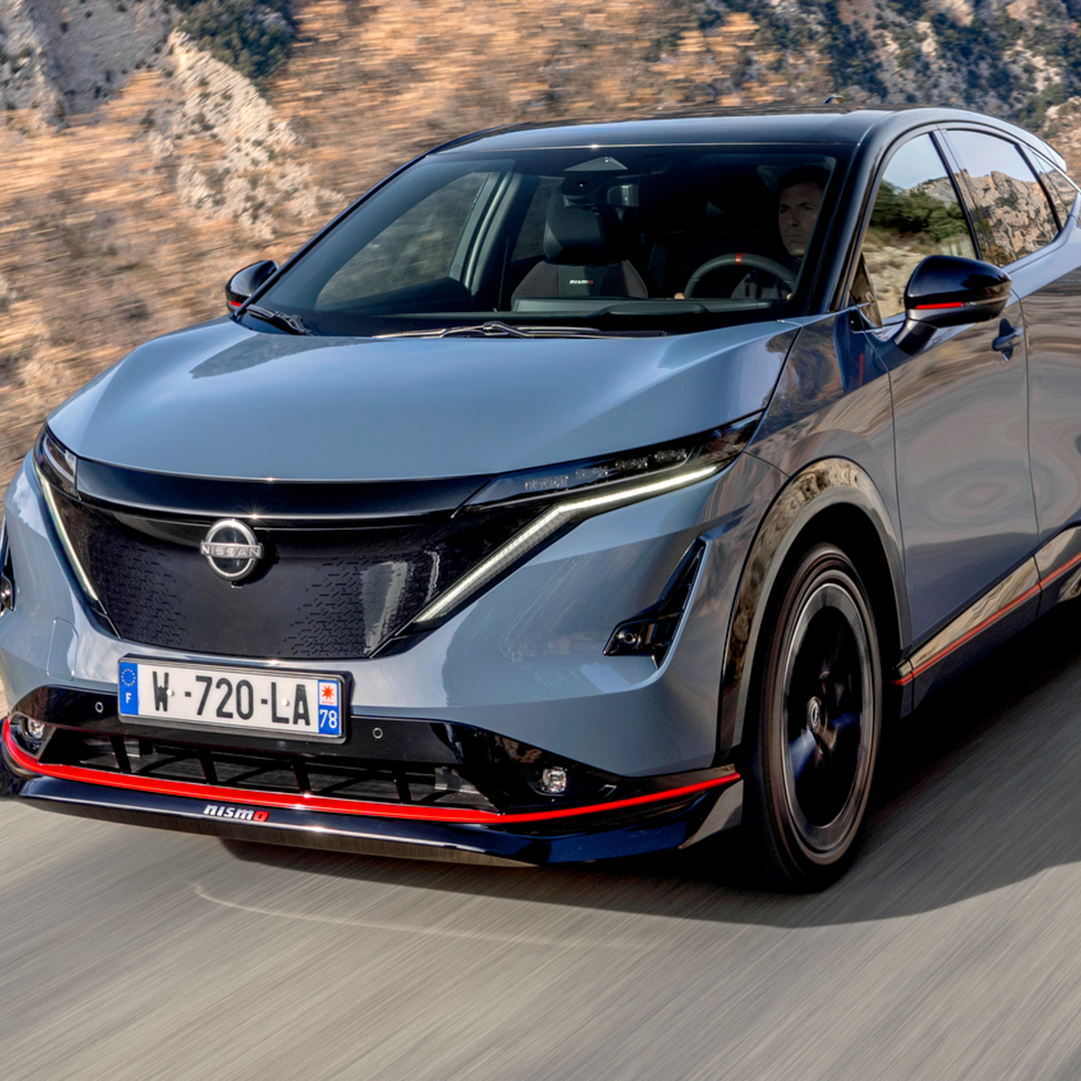
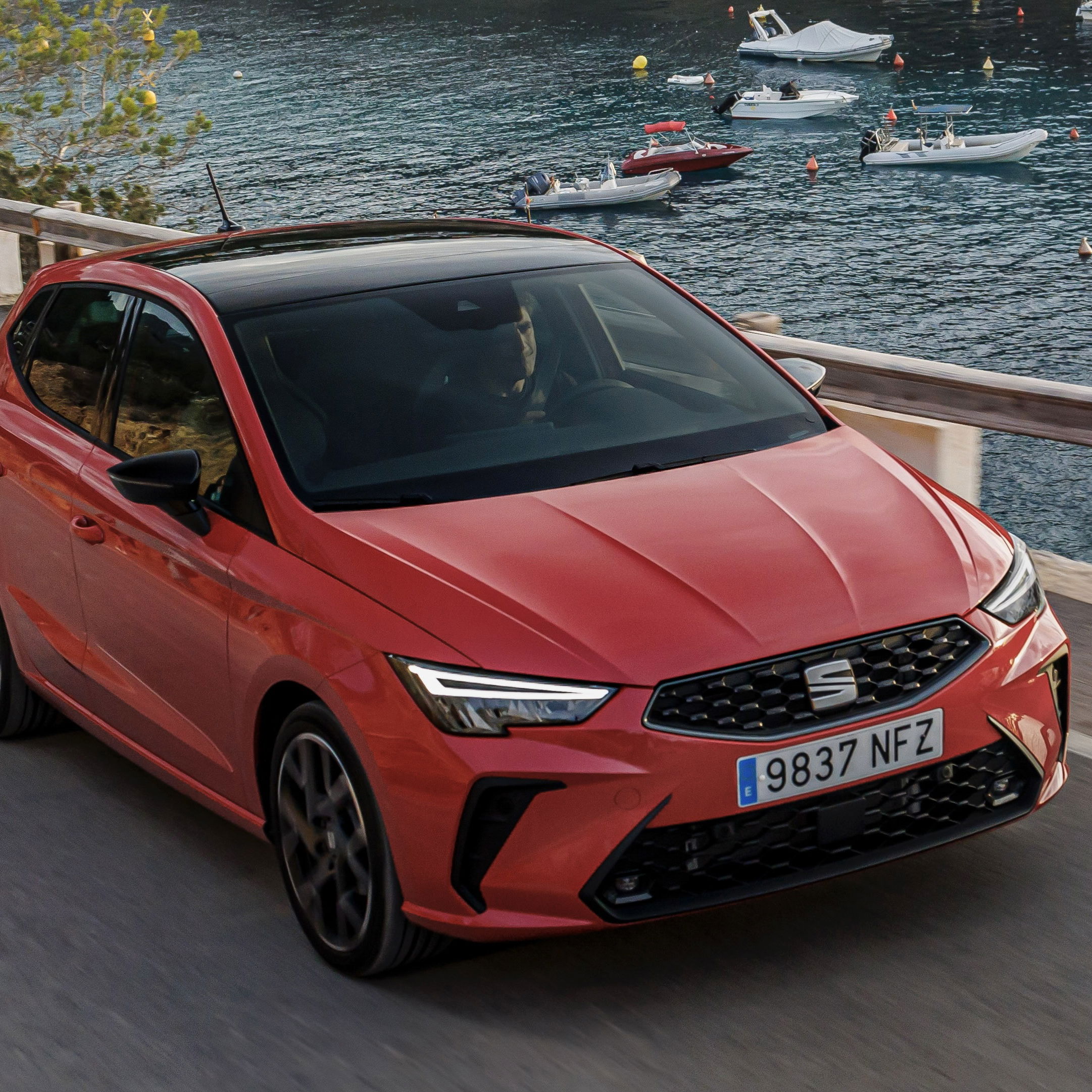

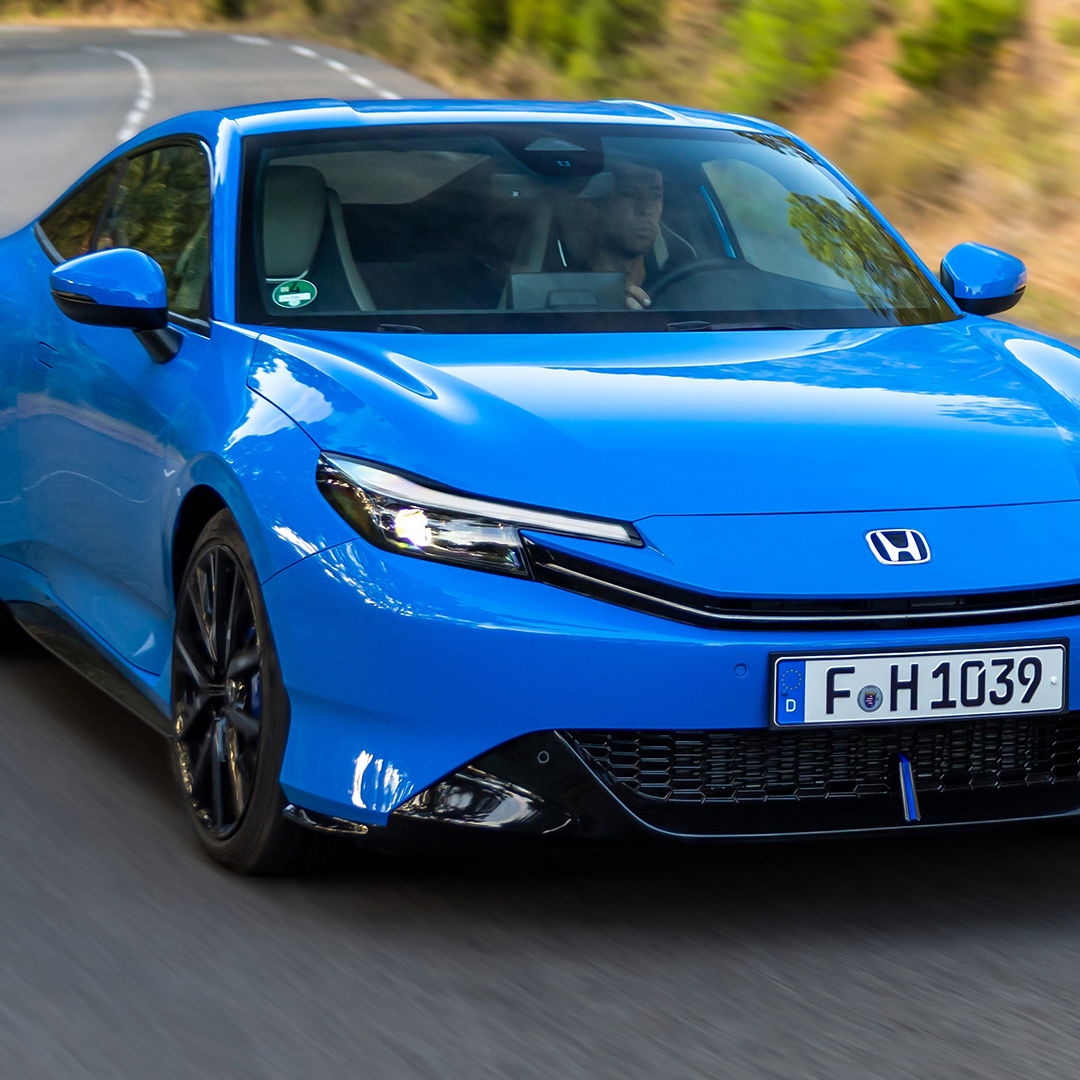
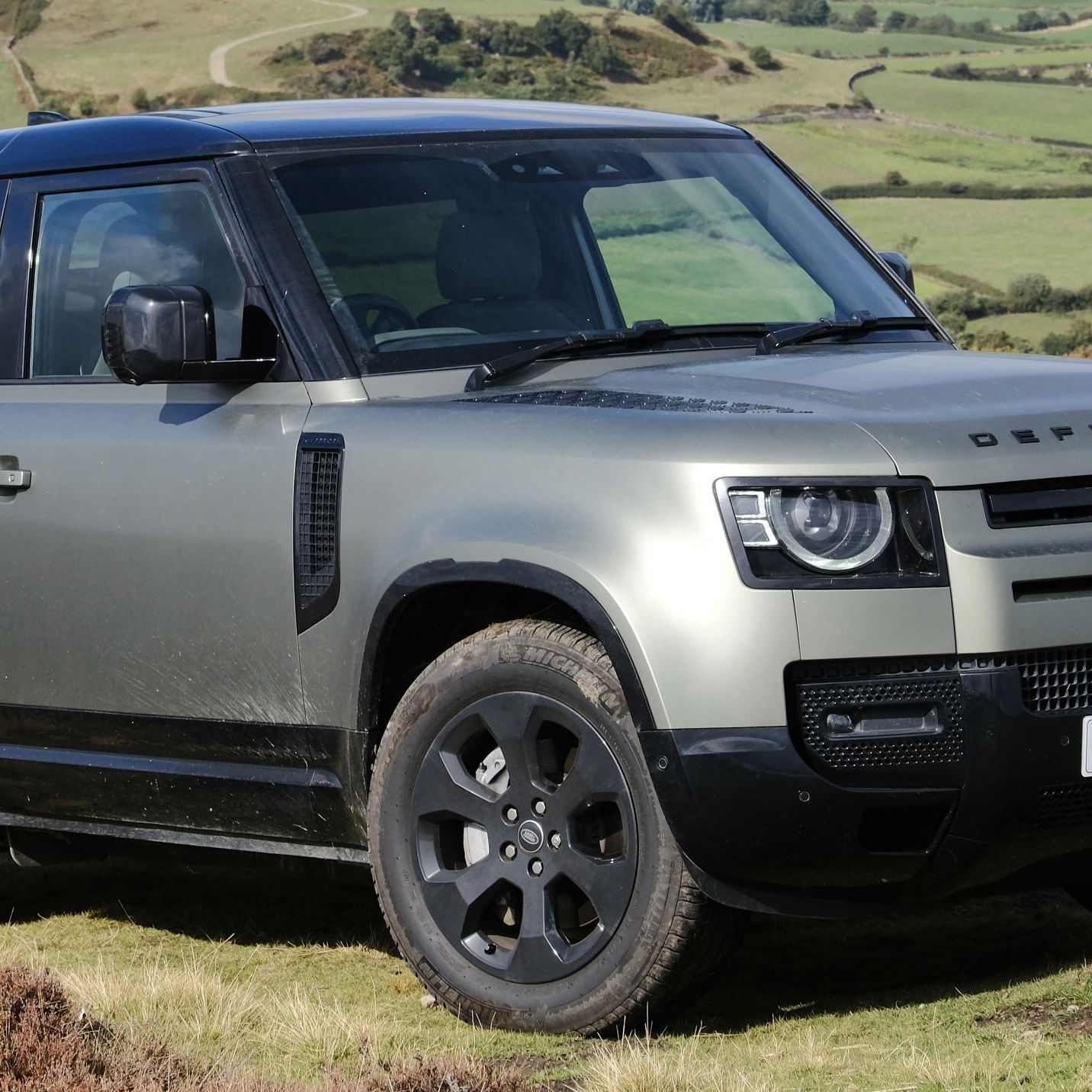

Comments